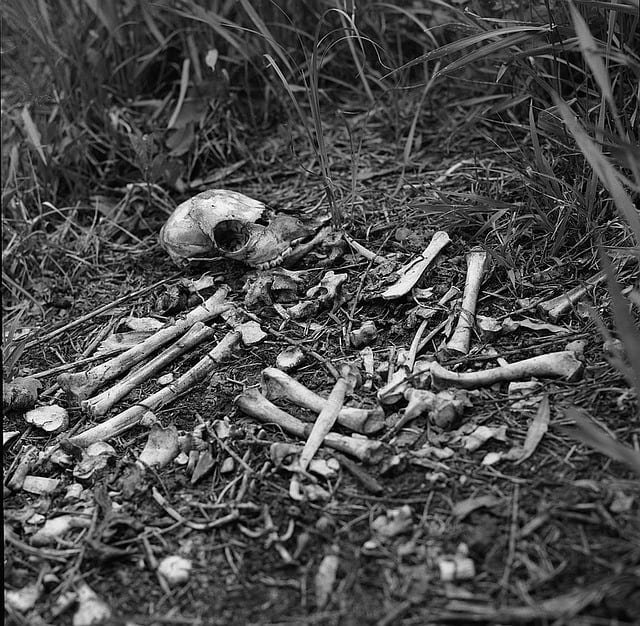Brittle bones are also known as Osteogenesis Imperfecta (OI). It is a congenital bone disorder characterized by brittle bones that are most frequently prone to fracture. This disease may surface as well when the person is short in height, some neurological features, hearing loss, seizures and much more.
People who suffer such disease are most typically born already with complications regarding connective tissues.
Common types of brittle bones disease
Type 1 OI
This type is the mildest and the most usual form of this disease. IN this type, the body gives out collagen but not enough numbers of it. This then will result in mildly fragile bones. Children who suffer OI with this type can have different bone fractures because of mild traumas. The teeth are also affected by this disease. It causes the teeth to have dental cracks and cavities.
Type 2 OI
This type is known as the most severe form of this disease. It is severe to the point that it can be life-threatening for the person. In this type, the body is either not giving out enough collagen or gives out collagen but it is low in quality. This disease can develop bone deformities for the person.
Type 3 OI
This type is considered as a severe form of the brittle bone disease as well. It makes the bones be fragile. In this type, the body does produce collagen but is not high in quality. Bone deformities are typical to children as they grow older.
Type 4 OI
The symptom of this type can range from mild to severe. With this type of disease, the body again produces collagen but it is still low in quality. Children who have such type of OI are born with bowed legs.
Symptoms of the disease
The different symptoms of the brittle bone disease vary from its type. Everyone who has brittle bones disease definitely has fragile bones but what differentiates from person to person is its severity.
Symptoms include:
- Multiple broken bones
- Loose joints
- Weak teeth
- Bone deformities
- Some heart defects
- Early hearing loss
- Respiratory problems
- Bowed legs and arms
- Scoliosis
- Bone deformities
A supplement supporting the bones: Magnical-D by Nutrifii
Calcium is a vital element for strong bones and teeth but in order for the body to properly use calcium it needs other elements such as vitamin D3, magnesium, and vitamin K2.
Having vitamin D3 is essential for calcium absorption. Magnesium aids in the regulation of calcium transport and plays a role in bone mineralization. Vitamin K2 is the key to unlocking the door that sends nutrients from your blood to the bones.
All of those vital elements are packed inside Magnical-D. Creators of the supplement aim to make sure that your body can effectively use the calcium you take from various sources.
To know more about the supplement and to see the most frequently asked questions by the people who use it, you can click Magnical-D by Nutrifii.
To Maintaining Good Health,
The ARIIX Products Team
www.AriixProducts.com
Please Like & Share…Thanks!
